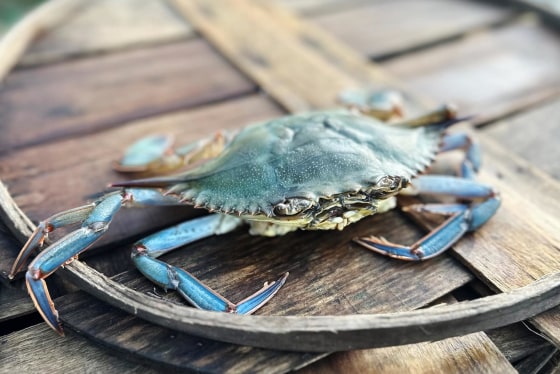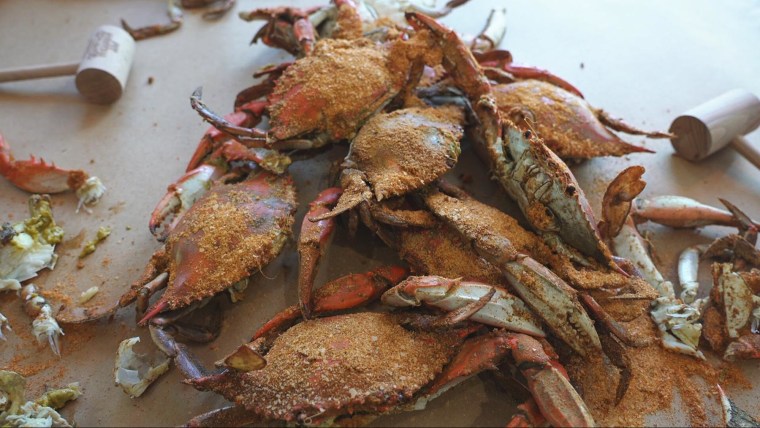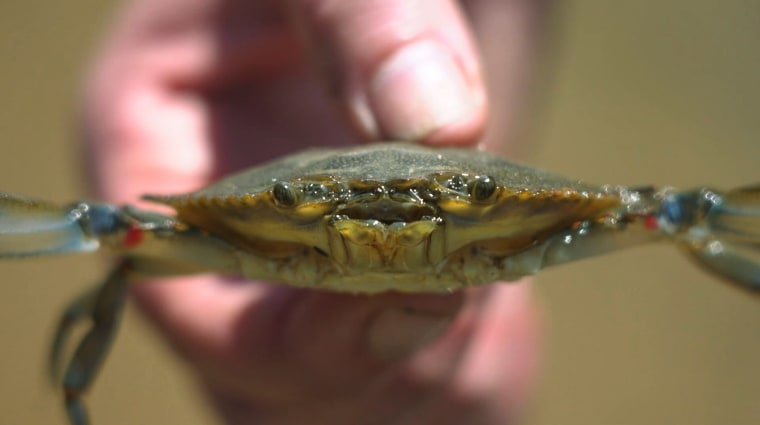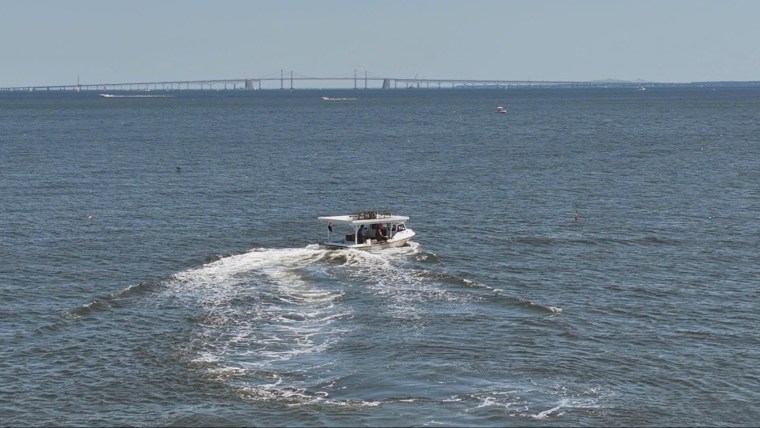ANNAPOLIS, Md. — In Maryland’s Chesapeake Bay, two populations are under threat: the iconic blue crab and the crabbers whose livelihoods have depended on this fishery for hundreds of years.
This season, survey counts of the iconic crustaceans hit one of their lowest points on record. That has driven up costs at restaurants at a time when disposable income is scarce and inflation is driving up costs of food and other consumer goods.
Luke McFadden, 29, who has been crabbing since he was 18, says he’s seen a rough start to the season.
“We’re trying to offer them to the consumers as cheaply as possible, being able to cover our cost,” he said. “But I get it, you know, it’s tough out there.”
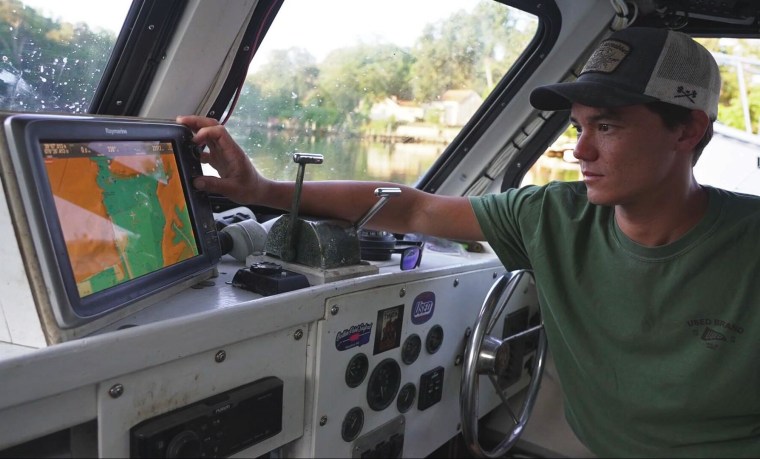
At the family-run crab house, Pit Boys, in Annapolis, a dozen crabs will cost customers between $75 and $140, depending on size, according to seafood manager Charlie George. That’s “a lot higher” than previous years, an effect he and others attributed to fewer crabs in the bay.
According to the 2025 blue crab advisory report, the total blue crab population has dropped to an estimated 238 million, down from 317 million last year. That’s the second-lowest level since the annual winter dredge survey began in 1990.
Multiple factors may be to blame, including pollution, climate change and the invasive blue catfish spreading through the Chesapeake Bay, said Chesapeake Bay Foundation Executive Director Allison Colden. Catfish were introduced into the bay in the 1970s and 1980s to support recreational fishery.
“Since that time, they have spread through almost every river and stream within the Chesapeake Bay region,” Colden said. “They are voracious predators.”
